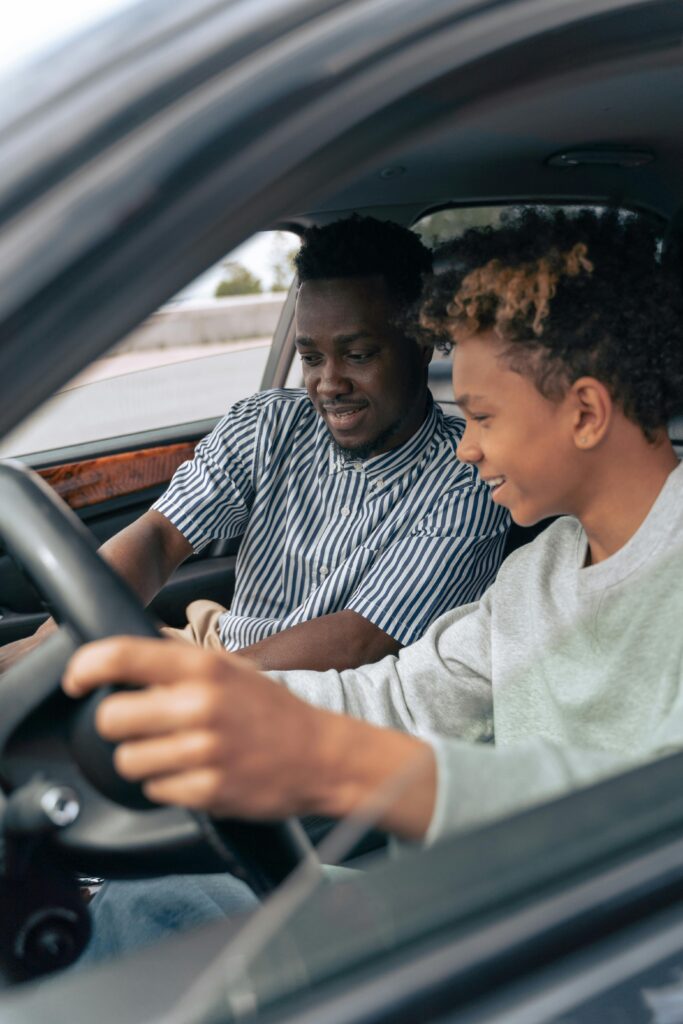Sleep Health and Safety: Navigating the Road to Alert Driving
In an age where technology is advancing so rapidly, our lives have become more connected to devices than ever. Our daily routines are closely intertwined with smartphones and wearables, smart homes, and even smart vehicles. In this era of innovation, it is important to understand how these technological advancements can enhance two of the most critical aspects of our lives: healthy sleep and safe driving.

User Technologies: Devices and Wearables
In today’s fast-paced world, it is critical to prioritize and make time for sleep. Wearable technology is increasingly becoming a tool for people to monitor and learn about their sleep. Smartwatches and fitness trackers can now provide valuable insights into the quantity, quality, and benefits of our sleep. In short, they hold promise to help us get enough of the quality sleep we need to be our Best Slept Self® and be alert and ready to perform.
Built into many wearables are advanced sleep-tracking features that can monitor heart rate, body movement, and environmental factors like room temperature. Users can quickly and easily access detailed sleep reports, personalized information, and insights about their sleep that empower them to make informed decisions about their sleep health and performance. Beyond tracking sleep, wearable devices can function as alarms and reminders, helping us establish more consistent and healthier sleep routines. Some of these same wearable functions might also be used to help users stay prepared and alert for high-stakes tasks, such as driving a motor vehicle.
Vehicle-Based Technologies: Driver Assistance Systems
Modern vehicles are equipped with an array of innovations that can contribute to road safety. These systems aim to reduce the risk of crashes caused by either poor human choices or errors, which can often be worsened by poor sleep health and drowsiness. These advances continue to be an important tool in the effort to prevent impaired driving.
Features such as adaptive cruise control, lane departure warnings, and blind-spot monitoring systems help mitigate risks and unsafe driving behaviors. These vehicle enhancements provide timely alerts and corrective actions when necessary. Ultimately, these technologies work with the driver to help reduce the likelihood of drowsy driving crashes.
Evolving Mobility Platforms: Ride Hailing and Autonomous Vehicles
The modern transportation landscape is evolving rapidly. Ride-hailing services are increasingly common, with autonomous driving options seeing opportunities in new markets. As autonomous cars become more available to users through ride-hail apps, they can offer an efficient and safer alternative to impaired driving when someone hasn’t had enough quality sleep to drive alert. In these cases, by eliminating the presence of a drowsy driver behind the wheel, autonomous technology can potentially revolutionize road safety. These vehicles are equipped with advanced sensors that see 360 degrees around the vehicle at all times and artificial intelligence algorithms that never get drowsy and maintain alertness to improve safety throughout the journey.
Looking Ahead
In an era where technology is rapidly changing the way we live and travel, it remains essential to prioritize sleep health to help stay safe. Until safety features are universally accessible, getting an optimal amount of good quality sleep is the best way to prevent drowsy driving crashes. NSF recommends most adults get 7-9 hours of sleep per night. Even as technology advances, it’s important to remember the fundamental role healthy sleep has in keeping drivers alert and our roads safe for everyone.

This content was produced independently by the National Sleep Foundation and brought to you by Waymo, a sponsor of the 2023 Drowsy Driving Prevention Week® campaign.
A message from our sponsor: Waymo’s mission is to make it safe and easy for people and things to get where they’re going. From moving people to moving goods, we’re using autonomous driving technology to get to new places.
